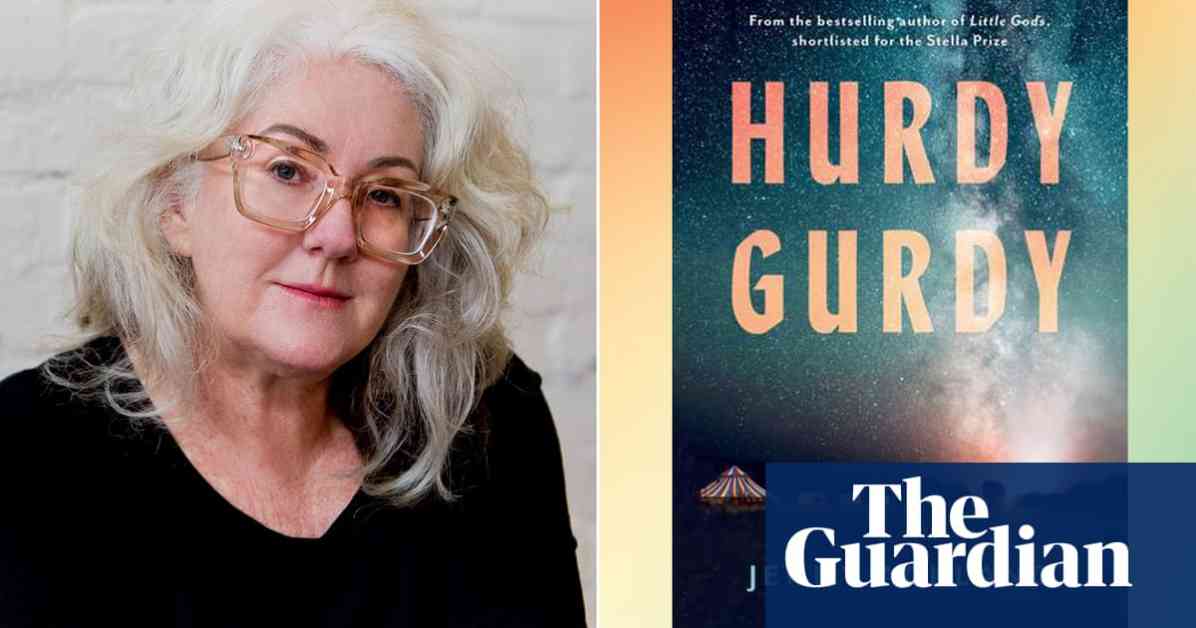In various courts and legislatures across the United States, conservative lawmakers are debating the conditions under which a woman should be allowed to have an emergency abortion when the procedure is otherwise prohibited. The focus is on how close to death a woman must be before she can access this service. Questions arise about the level of suffering she must endure, the irreparable damage she might face, and the essentiality of her bodily functions. This debate forces a dying woman to prove that her life is worth saving, raising concerns about the bureaucratic cruelty involved.
Amidst this grim reality, a novel titled “Hurdy Gurdy” by Jenny Ackland emerges, set in a near-future Australia ravaged by fires and societal collapse. The story follows a circus troupe consisting of women who operate a mobile beauty salon doubling as an abortion clinic during the day and entertain with circus performances by night. As they cross paths with a dangerous man, tensions rise, leading to a potential confrontation between the performers and anti-abortion activists.
The novel delves into familiar territory, drawing parallels to other dystopian works like “Station Eleven” and “The Handmaid’s Tale.” Ackland’s narrative explores themes of female empowerment through a lens of brutalization, raising questions about the necessity of depicting such horrors to convey the harsh realities faced by women in society.
While the novel offers allegorical insights into the complexities of abortion and women’s struggles, some critics find it lacking in originality and leaning towards moralistic storytelling. The book’s symbolic title, “Hurdy Gurdy,” serves as a metaphor for the conflicting emotions surrounding abortion but offers little new perspective on the subject.
As the debate on reproductive rights continues to evolve, works like “Hurdy Gurdy” contribute to the ongoing conversation, prompting readers to reflect on the challenges faced by women in asserting control over their bodies. Despite its commendable intentions, the novel may struggle to sway readers with entrenched beliefs on either side of the abortion debate. In a world where women’s autonomy remains a contentious issue, Ackland’s novel offers a timely but familiar exploration of a woman’s right to choose.


